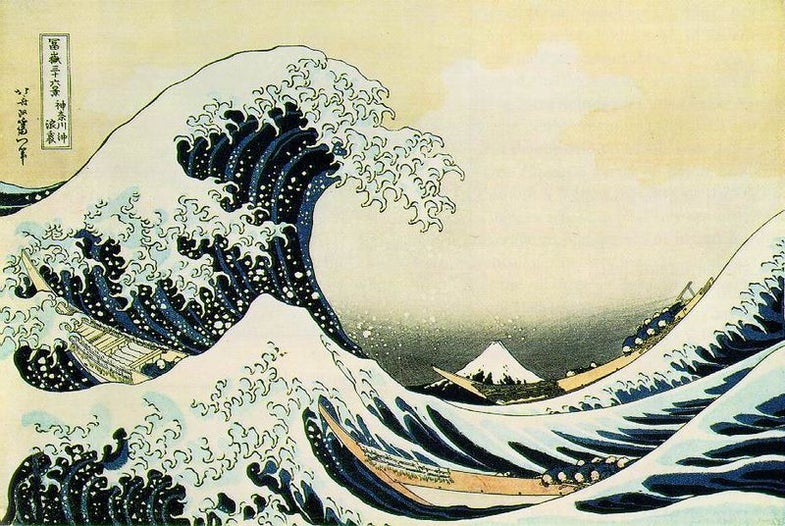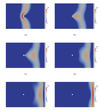Island Formations Might Make Tsunamis Worse
A computer simulation found nearby islands can amplify the severity of a tsunami by as much as 70 percent.

While it seems like the more barriers between you and a ginormous wall of water, the better, new research shows the same islands that can insulate a beach against your average wind-driven wave can make the devastating effects of a tsunami way worse, according to a paper submitted to arXiv on May 31.
In the aftermath of the 1992 tsunami that hit Flores, Indonesia, Costas Synolakis, one of the paper’s authors and the director of USC’s Tsunami Research Center, observed that some of the worst damage on the small island of Babi hit where you’d least expect it–on the lee side of the island, closest to the shore. Instead of creating a shadow zone sheltered from the destruction, as classic wave theory would suggest, the island seemed to amplify the intensity of the wave.
To study how common this phenomenon is, Synolakis worked with Ph.D. candidate Themistoklis Stefanakis, mathematical sciences professor Frédéric Dias and their colleagues at France’s ENS Cachan to create a computer simulation to study the effect of a conical island a few hundred kilometers away from a straight stretch of beach.
“After running 200 simulations, we have found that in none of the situations considered [did the island] offer protection to the coastal area behind it,” they write. Rather, small islands actually made the wave’s impact on the nearby beach worse, increasing the tsunami’s run-up, or rise in sea level. The islands amplified the severity of the wave by as much as 70 percent.

Island Terror
Tsunamis are much longer than normal ocean waves, and don’t behave in quite the same way, acting more like a rising tide than a breaking wave. Because of their length, as tsunamis wrap around an island, they split off into two separate wave fronts that then collide as they reach the lee side of the island, and continue onto shore with even greater energy. If the island is far enough away from the mainland, the two fronts have time to join again and continue as one tsunami, but for a short time, it has a double the destructive power. “If the distance to the mainland is just right, the two fronts superpose and focus right at the section of the coastline right behind the island,” Synolakis explained in an email.
“Our results help explain a vexing mystery, which we had earlier thought of as fluke,” he writes.
Since coastal communities near islands have an increased risk of damage from tsunamis, they could benefit even more from early warning systems, as well as tsunami education and preparation programs.